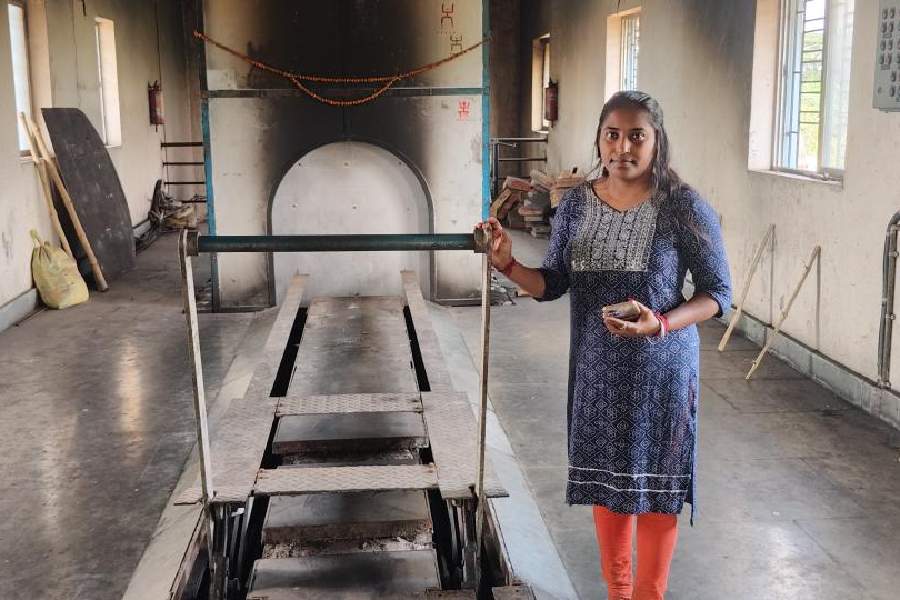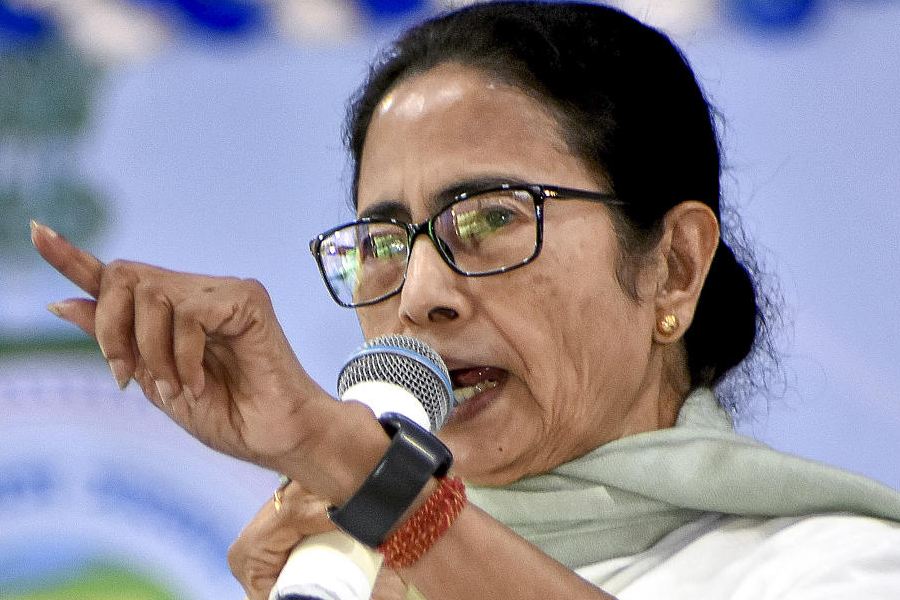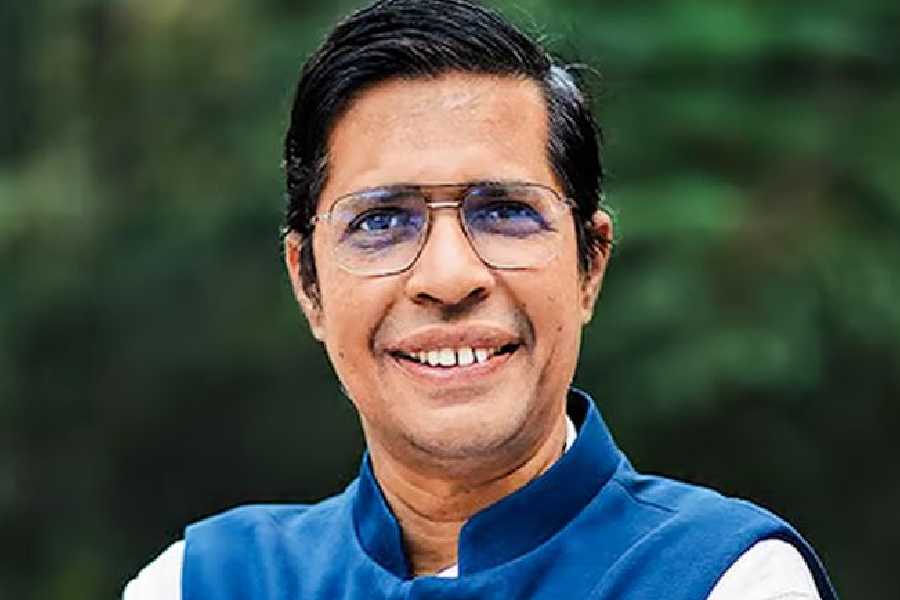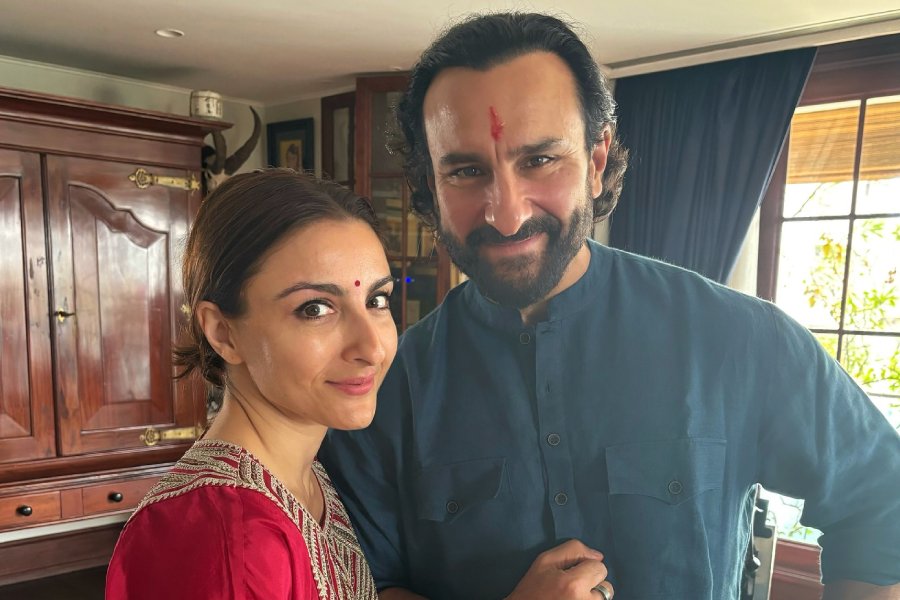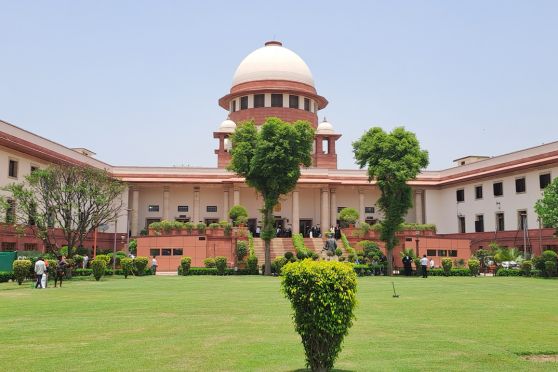Tumpa Das, 29, has so far turned down two marriage proposals. She tells The Telegraph, “None of them would have let me continue with my job. And I won’t quit.” Sounds like just another story, except it is not. Tumpa is keeper of the Purandarpur Math Jora Mandir Crematorium in South 24-Parganas, which is 25 kilometres from Calcutta.
Doms form a caste category and their generational profession has been cremating the dead. But “dom” is now used as a job description for those employed at crematoriums. Tumpa is a dom by profession.
She continues, “My maternal grandfather used to work here. Then my mother took up the job of burning dead bodies. Later, my father joined the profession. And now I am in charge.” Tumpa’s father used to work as a bus conductor but took up the job to help her mother.
Tumpa’s house is just two blocks away from the crematorium and bang opposite what is locally referred to as the Jora Mandir. Ask anyone about the woman who works at the crematorium, and you will find man, woman or child leading you to her house. The only hitch — she is rarely home. Her shift starts at eight in the morning and ends at eight in the evening. And even after that, she says, people knock on her door in the dead of the night — no pun intended. “They want me to oversee the task,” she says when I meet her in her office.
No, this is not the job Tumpa had ever imagined she would take up. She says, “I always wanted to work. I had appeared for my Higher Secondary exams, but I failed them.” She decided to become a nurse and even trained for a year. Thereafter, she joined a nursing home in Purandarpur as a trainee nurse and worked for four years.
This was in 2011. They used to pay her ₹100 for a day’s work. But four years into this job, her father died. The people in the panchayat wanted her mother to go back to the crematorium. “That is when I decided to step in, take up the job,” says Tumpa. “My younger brother was barely 10 years old; my younger sister was in school and my mother was not well. I knew I had to do this,” she adds.
Tumpa’s day starts with a puja at the Kali temple on the crematorium premises. There is a high school right opposite the crematorium. Tumpa says, “People used to avoid passing by this place after dusk. I used to feel scared in this huge empty darkness. I would sit here all by myself, waiting, waiting for the dead. It was quite discomforting.”
The place is much better organised since she took over. It is better lit too and some restructuring has happened. The temple is also new. “In 2015, this place used to look scary,” Tumpa repeats herself. She cannot seem to emphasise enough the scary bit. “The walls were over eight feet high. I could not see the surroundings once I entered the place. Now, we have an electric incinerator.”
In the old days, Tumpa used to work round the clock. “One dead body would take over three hours to burn. The queue outside would never end,” she says. The crematorium served almost all of the Kalyanpur Panchayat area. “Collecting wood, arranging the logs and then cleaning the furnace used to take a lot of time. I did not find time to rest,” she says. Now, it is only a 45-minute job, she adds.
The job itself comes with a lot of challenges. As she tells it, at first, she could not bring herself to eat after the day’s work was over. “It is not a pretty scene, after all,” she says.
There were other issues, social ones. With time, things have changed for the better. But looking back Tumpa says, “When I started doing this work, the women in my neighbourhood avoided me. They would not touch me. I found it ridiculous. So what if I was touching a dead body? So what if I was spending my whole day in the crematorium? I bathed twice a day. I still do. Besides, mine is a service no one can do without.”
She adds, “Sometimes, I used to intentionally touch those women, just to see how many times they would bathe to cleanse themselves.”

